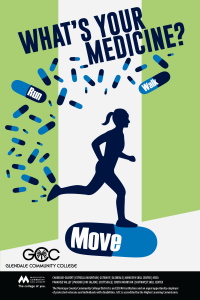Count yourself lucky if you didn’t have to rely on Federal Financial Aid for your college education. At GCC, approximately 60% of our students must battle this maze every year. In my time as the Vice President of Student Affairs, I have heard many stories from students, learned to understand the secret language of federal financial aid, and offer suggestions on ways to improve our service to students. For example, take the U.S. born student whose parents were undocumented immigrants from Mexico. When our student was 13, the parents were deported back to Mexico, leaving our student to fend for himself. Fortunately, he had an older sister who could help but nothing can replace the care and guidance of parents. I learned there is help for exactly this situation, it’s called a Dependency Override, and while complicated, it allowed the student access to federal financial aid.
Every semester, a process called Enrollment Cancellation begins 35 days before the start of the semester. This is a District-wide process that drops students from their classes for non-payment. It has a complicated long story, but suffice it to say, there is a lot of angst surrounding this process.
Last summer, GCC was preparing to drop approximately 7000 students for non-payment. Luckily, we were able to push robocalls to these students, encouraging them to sign up for a payment plan. We also learned that approximately 3500 students had a federal financial aid application on file but had not completed the steps for awarding. We saw this as a call to action, an opportunity to reach out to these students and to try to push them through the maze of financial aid. We coined the phrase “Financial Aid Friday” and on a hot Friday in July, we were able to reach over 300 students. GCC gained a lot of attention from District Office that day and a representative was sent over to witness and participate in our big event. As a result of our focus on student success and financial aid, the messaging that students received was streamlined and made easier to understand.
So, what has GCC done now that we understand the impact of the federal financial process on our students and their success? We have streamlined the GCC Financial Aid department and have hired four part-time staff to focus solely and completely on getting students through the maze we call federal financial aid. We are also planning additional Financial Aid Fridays throughout the summer. The biggest take away for me has been in seeing the positive impact of one-on-one attention to our students. It is time consuming and costly but ultimately, worth the price if we can help one more student through the maze.

